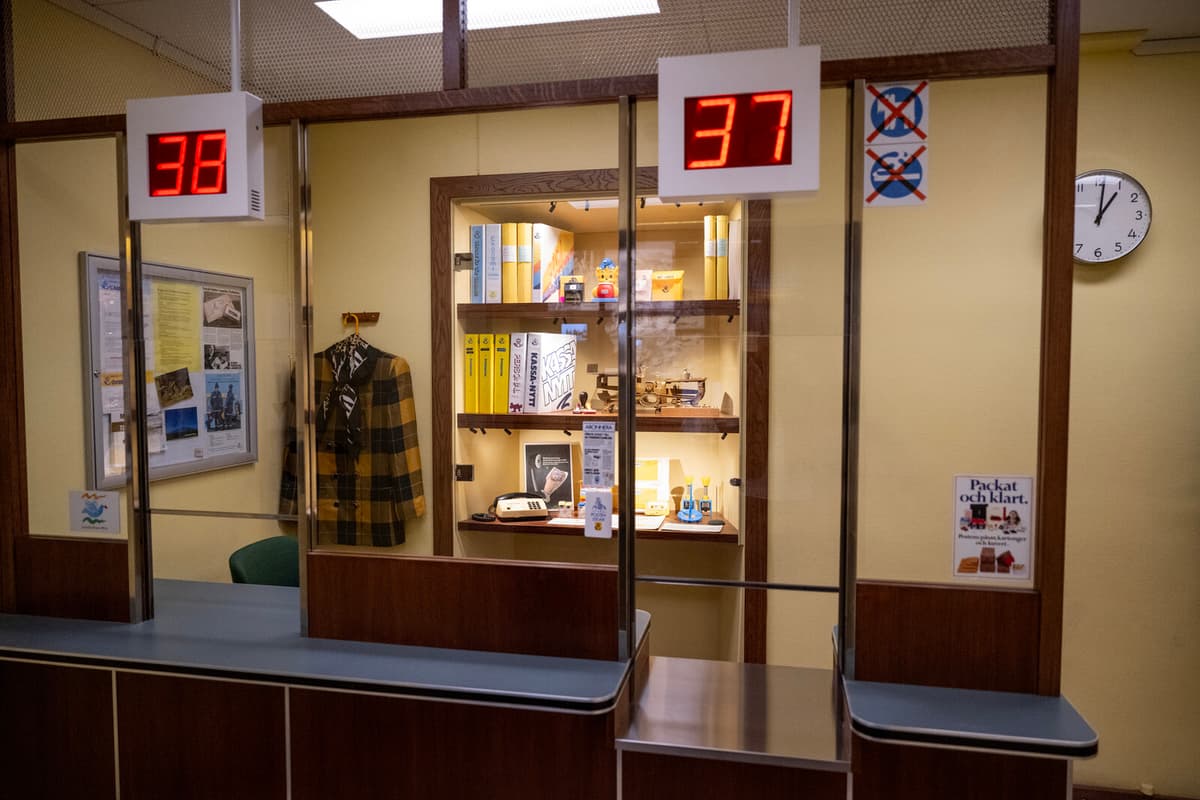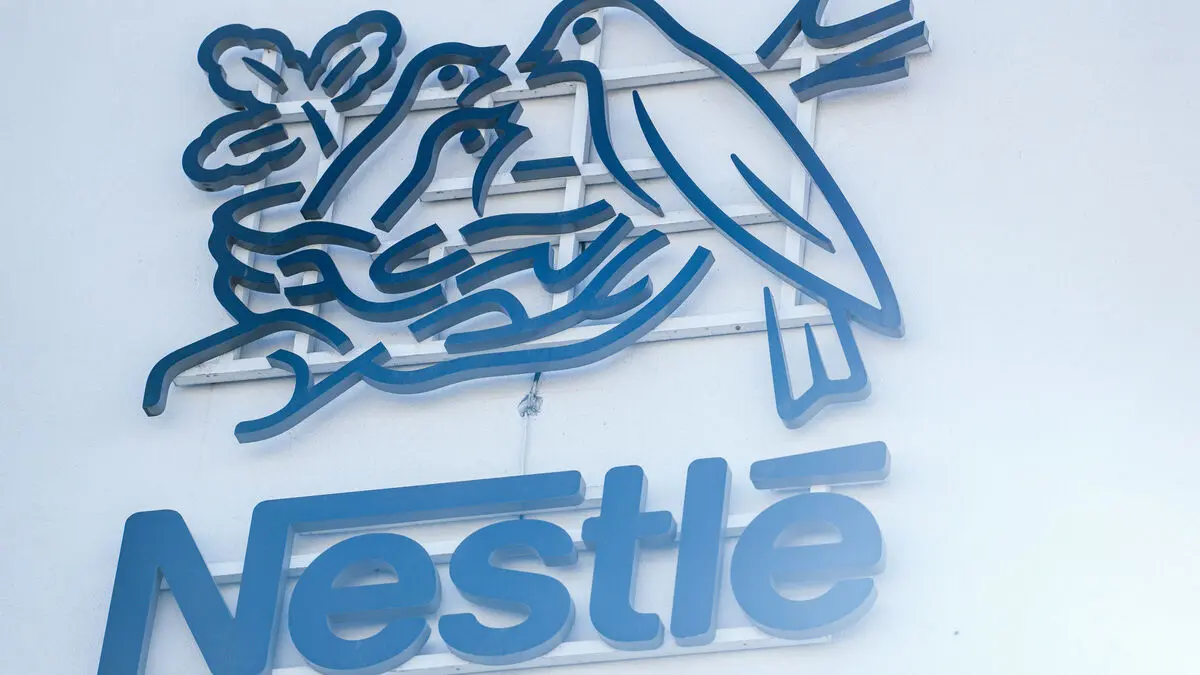Since Old Town is slowly sinking, the foundation had to be reinforced – and it took time. At the Post Museum, however, the 2.5 years have been well invested and in connection with the reopening, three new exhibitions are being inaugurated. The largest one is called "Post" and is a story about the history of the Post Office over 400 years.
It begins on a cold November morning in 1632 when Gustav II Adolf fell at Lützen. It took a month for the royal courier to ride home with the news to Sweden, which was considered far too slow and contributed to Sweden getting its first general postal function – the Post Office.
"Post" is an exhibition about the struggle of delivering mail in this large country. An exhibition about the senders, recipients, and above all about the employees who have delivered mail everywhere and succeeded in their mission. But it is also an exhibition about Sweden's history in parallel, says Hedvig Bruzaeus, exhibition producer and educator.
When the railway made its entry, it was possible to sort mail simultaneously as the train went, which revolutionized the postal system. Visitors can, among other things, step into a train carriage from the 1800s, visit a post office from 1980, and admire old postal vehicles – which can also talk to each other.
The Post Museum was inaugurated in 1906 and is owned today by Postnord. The museum is located in Old Town in Stockholm, in a house with roots from the 1600s. The house was bought by the Post Office in 1720 and housed Stockholm's only post office until 1869.
The museum reopens on October 19 after renovation and then three new exhibitions will be inaugurated – "Post", "Postis", and a photo exhibition.
"Postis" is aimed at children and replaces the old public favorite "Lilla posten". At "Postis", small visitors can work on counting, weighing, X-raying, and sorting packages.
In the new photo exhibition, photographs by Andy Allen-Oliver and Nils Johansson are shown. In it, two photographers from different times meet, with two expressions and two techniques, but with a common feeling for the postal system.
Source: Postmuseum





